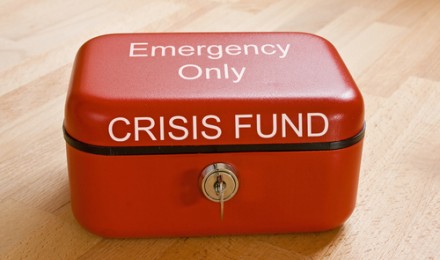Finding the right asset allocation to create a “balanced” portfolio for your investments requires you to think about your tolerance for risk and when you will likely need to use your investments. At its most basic, a balanced portfolio describes the percentage of your investments in equities (riskier) and bonds (less risky). An example of a balanced portfolio could include 60% equities and 40% bonds. The lower your tolerance for risk, the greater the percentage of bonds you’ll want in your portfolio. Similarly, the closer you are to retirement, the greater the percentage of bonds you’ll want in your portfolio. The theory behind it is that the equities will grow at a much more rapid pace, but the bonds will balance out the volatility and provide income. Over time, many investors will gradually rebalance their investment portfolios out of equities into bonds as they have a lower appetite for risk and have a need for investment income in retirement.
The bulk of the investment return in this portfolio over time is going to come from the equities portion. Since much of the expected returns for a balanced portfolio will come from equities, it could very quickly get out of balance, especially in years where the stock market explodes with growth. It is very important to monitor the portfolio to make sure the equities have not grown to 70% or 80%. If that is the case, rebalancing it back to your portfolio goals will help ensure that you are not taking more risk than you are comfortable with.
In a non-qualified account (one where the gains are taxed at the time they are realized) rebalancing could trigger a taxable event. To prevent this, the investor should monitor the account, and rebalance by investing more money into the area that is out of balance. For instance, if the corporate investment grade bonds only make up 22% of the portfolio, putting new money in will bring it back to the 25% where it should be.
As with every portfolio it is important to use good quality funds. Morningstar has one of the best resources available without a subscription. Spending a few minutes on that site reading about the funds will increase any investor’s knowledge far above that of his or her peers. Again, target date funds can take a lot of the decision making out of investing, allowing the investor to concentrate on other important things.
Finding the right asset allocation to create a “balanced” portfolio for your investments requires you to think about your tolerance for risk and when you will likely need to use your investments. At its most basic, a balanced portfolio describes the percentage of your investments in equities (riskier) and bonds (less risky). An example of a balanced portfolio could include 60% equities and 40% bonds. The lower your tolerance for risk, the greater the percentage of bonds you’ll want in your portfolio. Similarly, the closer you are to retirement, the greater the percentage of bonds you’ll want in your portfolio. The theory behind it is that the equities will grow at a much more rapid pace, but the bonds will balance out the volatility and provide income. Over time, many investors will gradually rebalance their investment portfolios out of equities into bonds as they have a lower appetite for risk and have a need for investment income in retirement.
The bulk of the investment return in this portfolio over time is going to come from the equities portion. Since much of the expected returns for a balanced portfolio will come from equities, it could very quickly get out of balance, especially in years where the stock market explodes with growth. It is very important to monitor the portfolio to make sure the equities have not grown to 70% or 80%. If that is the case, rebalancing it back to your portfolio goals will help ensure that you are not taking more risk than you are comfortable with.
In a non-qualified account (one where the gains are taxed at the time they are realized) rebalancing could trigger a taxable event. To prevent this, the investor should monitor the account, and rebalance by investing more money into the area that is out of balance. For instance, if the corporate investment grade bonds only make up 22% of the portfolio, putting new money in will bring it back to the 25% where it should be.
As with every portfolio it is important to use good quality funds. Morningstar has one of the best resources available without a subscription. Spending a few minutes on that site reading about the funds will increase any investor’s knowledge far above that of his or her peers. Again, target date funds can take a lot of the decision making out of investing, allowing the investor to concentrate on other important things.







